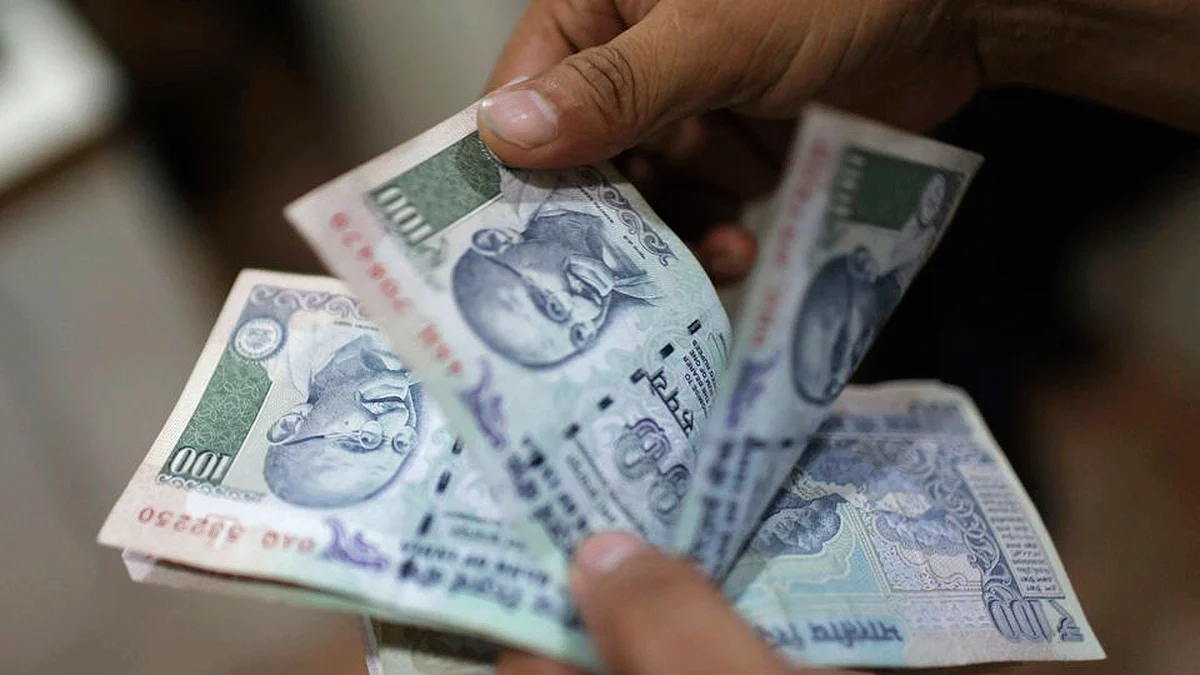
Congress’ Minimum Income Guarantee: The Promise and Feasibility
All you need to know about the Congress’ proposed Minimum Income Guarantee

advertisement
With less than 100 days to go for the general elections, the Congress party has made a poll promise that has set the pundits analysing. On Monday, 28 January, the party’s President Rahul Gandhi said that his party would ensure a Minimum Income Guarantee for every poor in the country if it returns to power after the Lok Sabha polls due in April-May.
The announcement which on face value is a major poll promise, gains more traction amid reports of the Modi government coming up with a version of the direct cash transfer and it may be announced in the forthcoming budget.
What Is Congress' Idea
Breaking down the scheme that the Congress is proposing, former Finance Minister P Chidambaram has explained that the minimum income guarantee scheme is an adaptation of the Universal Basic Income (UBI) scheme.
The idea was floated by the then UPA government months before the 2014 Lok Sabha elections and later as a more holistic and concrete idea by the then Chief Economic Advisor Arvind Subramanian in the Economic Survey for the fiscal year 2016-17.
How’s Congress’ Idea Different From UBI Floated in 2016-17
The biggest difference between the two schemes is that the Congress is not promising ‘universal’ income.
In an interaction with the BloombergQuint, former Finance Minister P Chidambaram stressed that their scheme is not ‘universal’ and will only target the poor in the country.
Another major difference is in the amount to be disbursed to the beneficiaries. In the UBI proposed by Subramanian, each beneficiary stands to receive the same amount
Chidambaram however said that that the focus of their scheme would be progressive, which means that instead of providing the same amount of money to all the poor households, the focus of the scheme will be to ensure that every family is brought up to the same level, by whatever percentage is required to bring them up to the agreed upon level of income.
What Amount Will People Receive
So far, there has been no official announcement by the Congress on the amount that will be disbursed to the beneficiaries of the scheme.
However, in the survey, Subramanian takes into account the poverty line defined by the Tendulkar Committee, based on NSSO’s 2011-12 consumption data. The committee had said that to be above the poverty line, an individual needs to earn Rs 893 per month.
Subramanian concludes that the UBI, if implemented, needs to pay the individual Rs 5,400 per year, to sustain him/her above the poverty line.
Where Will the Money Come From
In the interaction with BloombergQuint, Chidambaram denies to detail on the math behind the proposed scheme, suggesting that the details will be provided in the Congress party’s poll manifesto.
Subramanian argues that this amount could be allocated by abolishing the existing subsidies. He also suggests that UBI is likely to be more effective than existing programs in reducing misallocation, leakage and exclusion errors.
As an alternative he suggests, that rather than providing a UBI in addition to current schemes, it may be useful to start off by offering UBI as a choice to beneficiaries of existing programs. In other words, beneficiaries are allowed to choose the UBI in place of existing entitlements.
How Many Subsidies Can Be Axed
Subramanian lists a number of subsidies which he calls ‘Implicit Middle Class Subsidies’ - that account for a little more than 1 percent of the GDP. Subramanian concludes that the magnitude of these 'middle class subsidies' is roughly the same amount that is needed to cover the UBI expense for all females in the country.
The survey also lists top ten centrally sponsored or central sector schemes (not including subsidies) which cost the state exchequer about 1.4 percent of GDP. Then there are fertiliser, food and petroleum subsidies which together make up for 2 percent of the GDP.
Further, the Economic Survey notes that there are 940-odd sub-schemes which account for 2.3 percent of the GDP.
He also puts forward the plan to develop a system where beneficiaries regularly verify themselves in order to avail themselves of their UBI. "The assumption here is that the rich, whose opportunity cost of time is higher, would not find it worth their while to go through this process and the poor would self-target into the scheme," he says.
Unanswered Questions
The scheme proposed by Congress is still skeletal at best and needs to answer a few basic questions to be able to hold substance.
For example, there is no clarity on how the beneficiary will be identified. While Chidambaram has made it clear that their scheme will not be an ‘universal’ one, it remains to be seen the yardstick they use in order to define the beneficiaries.
Another bone of contention will be the decision on whether the new scheme would be implemented parallel to the existing schemes. While it does not appear fiscally prudent to keep all the existing schemes running, Chidambaram has said that they might keep some of the existing schemes in place “till the meet their objective”, posing Integrated Child Development Services (ICDS), as an example.
(At The Quint, we question everything. Play an active role in shaping our journalism by becoming a member today.)
- Access to all paywalled content on site
- Ad-free experience across The Quint
- Early previews of our Special Projects
Published: undefined